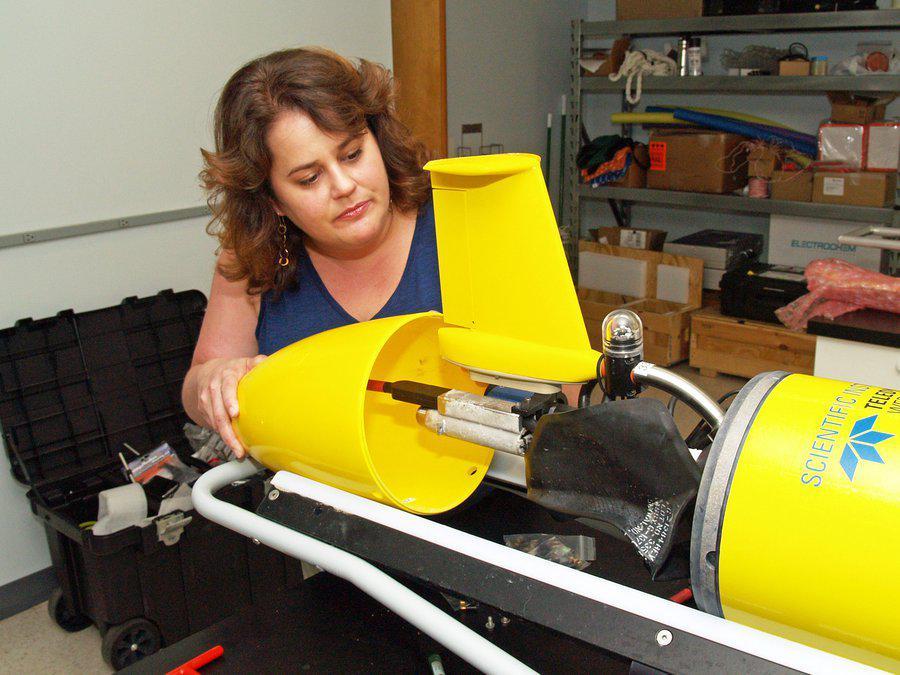Section Branding
Header Content
UGA Gliders Dive Deep To Improve Hurricane Predictions
Primary Content
Forecasters predict a more active hurricane season this year, now that the El Nino weather pattern has ended. Current predictions estimate as many as 10 to 17 possible named storms.
Getting accurate models of a hurricane’s path plays a big part in coastal communities’ ability to stay safe.
Researchers at the University of Georgia aim to improve the precision of these models by launching underwater autonomous gliders to collect data from the briny deep.
Dr. Catherine Edwards is a researcher at the UGA Skidaway Institute of Oceanography. She joined On Second Thought from Savannah to share some insight on how gliders work and what role they play in predicting these potentially deadly storms.
Get in touch with us.
Twitter: @OSTTalk
Facebook: OnSecondThought
Email: OnSecondThought@gpb.org
Phone: 404-500-9457

